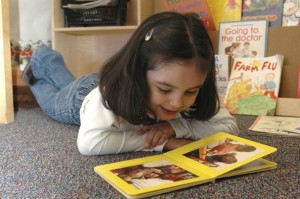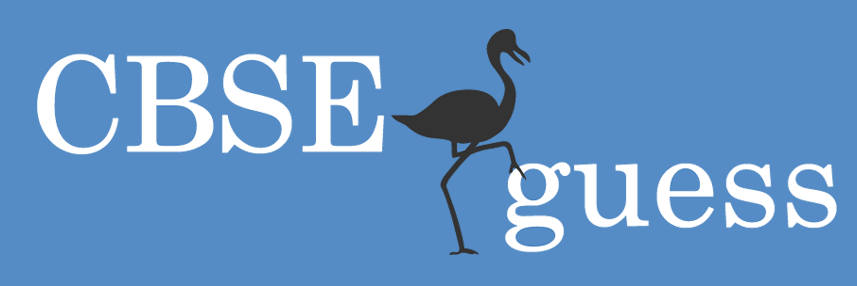Kids Books: Reading Checkup for Developing Readers
 How are your children developing as readers, and what can you do to help? Use RIF’s series of Reading Checkups to evaluate your children’s progress through six stages of reading development, from picture-pointing to independent reading.
How are your children developing as readers, and what can you do to help? Use RIF’s series of Reading Checkups to evaluate your children’s progress through six stages of reading development, from picture-pointing to independent reading.
Each checkup describes the knowledge and skills that most children demonstrate at a given stage, and suggests how they can be nurtured.
How to Use the Checkups
Use the reading checkups the way a doctor uses a growth chart. Look for a steady pattern of growth with a few lulls and spurts. That’s a healthy sign that your child is doing well in reading.
Age or grade ranges are listed for each checkup, but just as a guide. We recommend that even if your child is already in school, you begin the Reading Checkup for Babies & Toddlers and work your way forward. That way you will better appreciate the steady growth your child has already made toward becoming an independent reader.
How Parents Can Help
Parents play a key role in their children’s reading development at every stage. As you mark your child’s progress, don’t forget to check up on what you can be doing to actively promote your child’s interest and skills.
What Do the Checkups Mean?
Notice where most of your checkmarks fall. If your answers are mostly As, your child may still be making the transition from an earlier stage. If the answers are mostly Bs, your child is in the middle of this stage. If you checked mostly Cs, your child is probably stepping up to the next level. If you have any concerns about your child’s reading progress, talk to your child’s teacher or pediatrician.
Checkup for Developing Readers
Developing readers recognize many more words on sight than they did as beginners. They combine strategies, using meaning to sound out words they don’t know. Sometimes they substitute words that are similar in appearance and meaning, but they are becoming more skilled at catching mistakes. Developing readers are also becoming better silent readers, and they write more.
Does your child…
1. Read silently when reading alone?
a. not yet b. sometimes c. often
2. Seem aware of mistakes and try to correct them?
a. not yet b. sometimes c. often
3. Use more than one reading strategy to figure out new words?
a. sounds out b. uses meaning c. uses both
4. Read chapter books and other items that cannot be completed in one sitting?
a. not yet b. sometimes c. often
Can your child…
1. Find information in a book or on a computer without help?
a. not yet b. sometimes c. often
2. Read aloud with expression?
a. not yet b. some expression c. lots of expression
3. Write words using conventional spelling?
a. not yet b. sometimes c. more & more
4. Leave phone messages, make lists, send e-mail, and do other kinds of writing?
a. not yet b. sometimes c. more & more
Not to worry! It’s okay if your child…
1. Still sounds choppy when reading aloud. Rereading can help smooth it out.
2. Makes spelling mistakes. Spelling patterns take time to learn.
3. Reads books that may seem to easy. Your child is building confidence as well as skills.
articlesource: articlebiz

